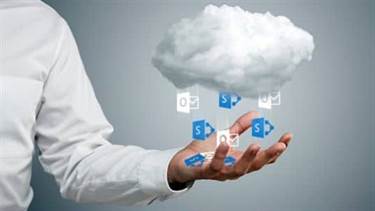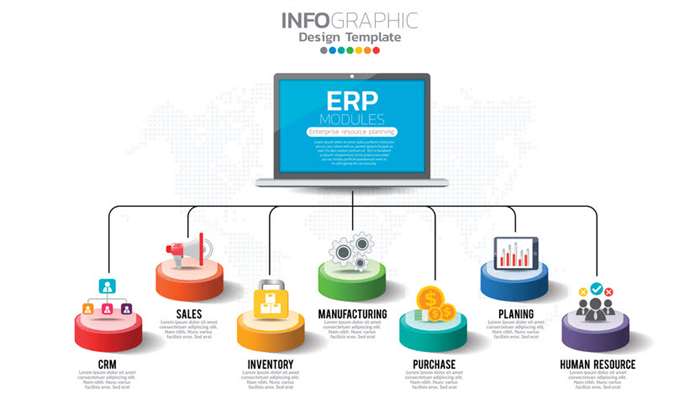It helps in enhancing profitability, streamlining processes, and also stay connected to the customers. It is often used to analyze customers’ data and will make more informed decisions. It allows the individuals to trade in online stocks and get information regarding the stocks to trade in from websites displaying charts, news, analyst ratings, and performance reports. It can be pretty exhausting for the developers to match the app with the brand’s website, and here synchronization helps greatly, saving a lot of time and effort. The synchronization feature makes automatic changes in the app on the website, preventing the developers from doing the same work twice.

Adaptive e-commerce web solutions also foster customer base growth by catering to web and mobile users. The same URL can easily be shared among users and search engines, thus boosting reach capacity more than a native application. Your budget might not be allowing you to build a mobile app from the scratch.
HTTP/2: the difference between HTTP/1.1, benefits and how to use it
Design is going to be your voice and business’ identity for the target customers. Color schemes, appealing visuals, and smooth transitions from one page to another are what make a lasting impression on your customer. Statista forecasts that in 2022, mobile eCommerce sales will surpass $432 billion, https://globalcloudteam.com/top-features-for-mobile-ecommerce-app/ up from $148 billion in 2018. With these numbers in mind, you probably start to think of entering the eCommerce market. Or if you’re already there, you might be seeking to attract new customers and increase revenue. The answer is pretty straightforward – developing an eCommerce app.
Use Subscription Sales To Spur Superior Selling – E-Commerce Times
Use Subscription Sales To Spur Superior Selling.
Posted: Fri, 19 May 2023 13:04:40 GMT [source]
I advise you to get to know the ins and outs of your business before deciding what technology to use for eCommerce application development. Keep an eye on the development cost, inventory, and select the CMS, database, and a scalable framework. We conduct competitors’ research and user interviews, which are essential for analyzing the target audience’s behavior and patterns. It also helps define the right app platform and the feature set as relatable as possible for our target audience. Augmented reality is what bridges eCommerce shopping with in-store experience.
How to Develop an eCommerce Mobile App
Online actions, integrated with ecommerce technologies, are a great way to bring various people together from different geographical locations and allow trading items at negotiated prices. When looking to purchase a product, users are interested in more than the product’s images; they want a detailed product description. So, they can decide upon the purchase after checking details like size, type, color, weight, warranty, and material. When they can check the extensive product details, it reduces the risk of client dissatisfaction, product returns, and impulsive purchasing decision. Don’t you think it would be unfair to your customers that your application doesn’t work without an internet connection? We all know that eCommerce apps can’t work offline as they have a thousand products, so it is not as easy as it sounds.
- This is why shoppers these days prefer mobile apps to websites, for it offers speed, convenience, and suppleness.
- Before talking about the top eCommerce app features, let’s understand the basic components that you will need to build for your eCommerce app.
- Give your customers multiple options to reach customer executives via their preferred mode.
- Minimum Viable Product is the bare form of the product that is capable of solving the user’s problem.
- The common database systems used in e-commerce app projects include MySQL, MongoDB, PostgreSQL, Firebase, DynamoDB, and others.
Things are getting smaller and more innovative due to the presence of IoT. Some examples of IoT in the eCommerce business are voice support and beacon alerts. The metaverse is the combination of connectivity between the virtual enhanced physical Reality and physically persistent virtual space. So to get access to the virtual world, it is much needed to use virtual and augmented Reality with the help of specialized intelligent glasses and headsets. With the help of VR, the user can experience 360-degree experience in computer technology. This sector can use ecommerce to digitally publish magazines, books, and catalogs and create digital libraries.
A quick registration process to retain the user
If your local talent pool is scarce, you can turn to outsourced teams to bridge the IT gaps. Web experience should be consistent and unified with the mobile experience. The eCommerce market has seen another sphere, thanks to smartphones.

Platforms for mobile commerce can streamline businesses by automating tasks like order fulfillment, customer service, and inventory management, which require less manual work overall. Offering a personalized experience to your customers, including prioritized features and relevant suggestions based on their searches and purchases. Simple refunds and returns are essential for mobile commerce because they encourage consumer confidence and trust.
From eCommerce to mCommerce
Trust us, you do not want to miss half of the world because people are shifting to mobile shopping more than ever before. With people preferring different payment methods, the eCommerce payments ecosystem has evolved to be an incredibly diverse place. And with mobile app payment options, the sky’s the limit – Google Pay, Apple Pay, PayPal, and the other quick and convenient payment experiences. Also, the payment provider must support multiple currencies and international payments if your eCommerce online store caters to various geographies. This feature is for online stores with an extensive catalog of products.
These apps allow users to shop and make purchases using mobile devices. Businesses are moving in this direction to have more https://globalcloudteam.com/ visibility in the market with the customers. And so are optimized for smaller screens and touch-based interactions.
Subscription-Based Apps:
For example, on the number of features, mobile platforms, UI/UX design complexity, etc. We’ve seen many products fail because they were too slow to ship and very few because they were too quick. Better to release something small first, gather feedback, let people tell you what features make sense, and implement changes.

In recent years, Augmented Reality has taken the mobile industry by storm. And we can expect that this AI-powered feature will get only more powerful and widely applied in the coming years. AR is one of the main mobile commerce trends that will dominate 2020. Another option is the rating option which is usually represented with five stars. This is usually a publicly viewed rating option which is great for your app. Good ratings are seen as a way of recommendation ultimately increasing the number of users.
C2C (Consumer-to-Consumer) eCommerce Apps:
ECommerce app developmentthat can fuel your business growth to new heights. Modern software and apps carrying the b2b eCommerce features can help your business increase sales, build a long term audience base and offer a competitive edge in the retail marketplace. For users to navigate to your website, it should be loaded with the best SEO practices and massive marketing budgets. Conversely, a mobile application can directly interact with your customer by sending push notifications.
